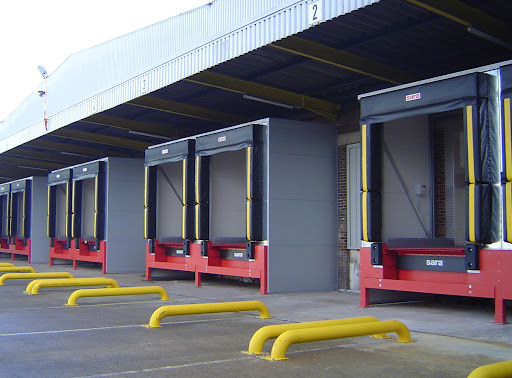Construction is Australia’s third-largest industry in terms of the number of people employed and its contribution to the country’s GDP (Gross Domestic Product). Construction employed approximately 1.15 million people in 2019 (representing 9.0 per cent of all occupations in Australia). Another 118,800 jobs are expected to be created by May 2023. This means that individuals will see a 10% increase in construction jobs.
To work in the construction industry, workers require substantial experience operating a variety of heavy-duty equipment due to varied dangerous working circumstances. Fortunately, advances in both high-tech and manual equipment have significantly decreased accidents in the industry, as mentioned earlier. The usage of the loading bay in Sydney is an excellent example of this.
The primary function of a loading bay in Sydney is to preserve order and safety while also providing ease in moving items within and outside the warehouse. Loading bays are the most hectic section of a warehouse. As a result, every warehouse manager must ensure that their loading bay site is practical and safe. But what are the different kinds of loading bays?
1. Sawtooth loading dock:
This loading bay is designed with angled slots lined adjacent to one another, making it easy for cars to back up. But on the other hand, the blueprints involve more building area, but it allows cars to exit the bay with fewer moves instead of wedging from side to side till they exit the structure.
2. Docking station:
Even though it may be necessary in some cases, this sort of loading bay isn’t recommended. They are complicated because open docks cannot be heated or cooled, and they don’t provide shelter for people or goods since they are subjected to harsh rains and scorching sun. To limit weather exposure, exposed docks should be covered if at all feasible.
3. Flush Dock:
It is the most often utilised form of loading bay nowadays. This bay’s base is flush with the warehouse’s or building’s external wall. However, the dock/foundation bumper is typically extended 10 cm beyond the building’s outer wall to minimise wall damage. Vehicles can reverse ‘flush’ to a dock’s entry area, making them less prone to damage.
4. Cantilever loading Bay:
The dock face or foundation wall stretches out ahead of the building’s outer wall in the cantilever loading bay design. However, if the dock bumper fails, this sort of loading bay can prevent damage to trailers, dock equipment, vehicles, and building walls.
5. Enclosed loading Area:
Enclosed loading bays are intended to allow vehicles to park within the warehouse or building while loading or unloading. Nonetheless, this sort of loading bay is uncommon. Because of the restricted area and expensive building costs, the design lacks expression. Furthermore, ventilation is required in enclosed loading bays, as well as care for vehicle exhaust gases.
If you want to get a loading platform online, you need to ensure that the equipment is acquired from a licensed company and a professional. It would be advantageous to look for a seal or other concrete proof of quality control for the loading platform.
When it concerns loading platform safety, redundancy is a fantastic thing. Consider strategies for double-checking safety procedures, especially when unloading and loading containers. Whether loading dock employees handle a single cargo or hundreds daily, they must be thoroughly trained in the operation of material handling devices and SOPs and other safety measures.

